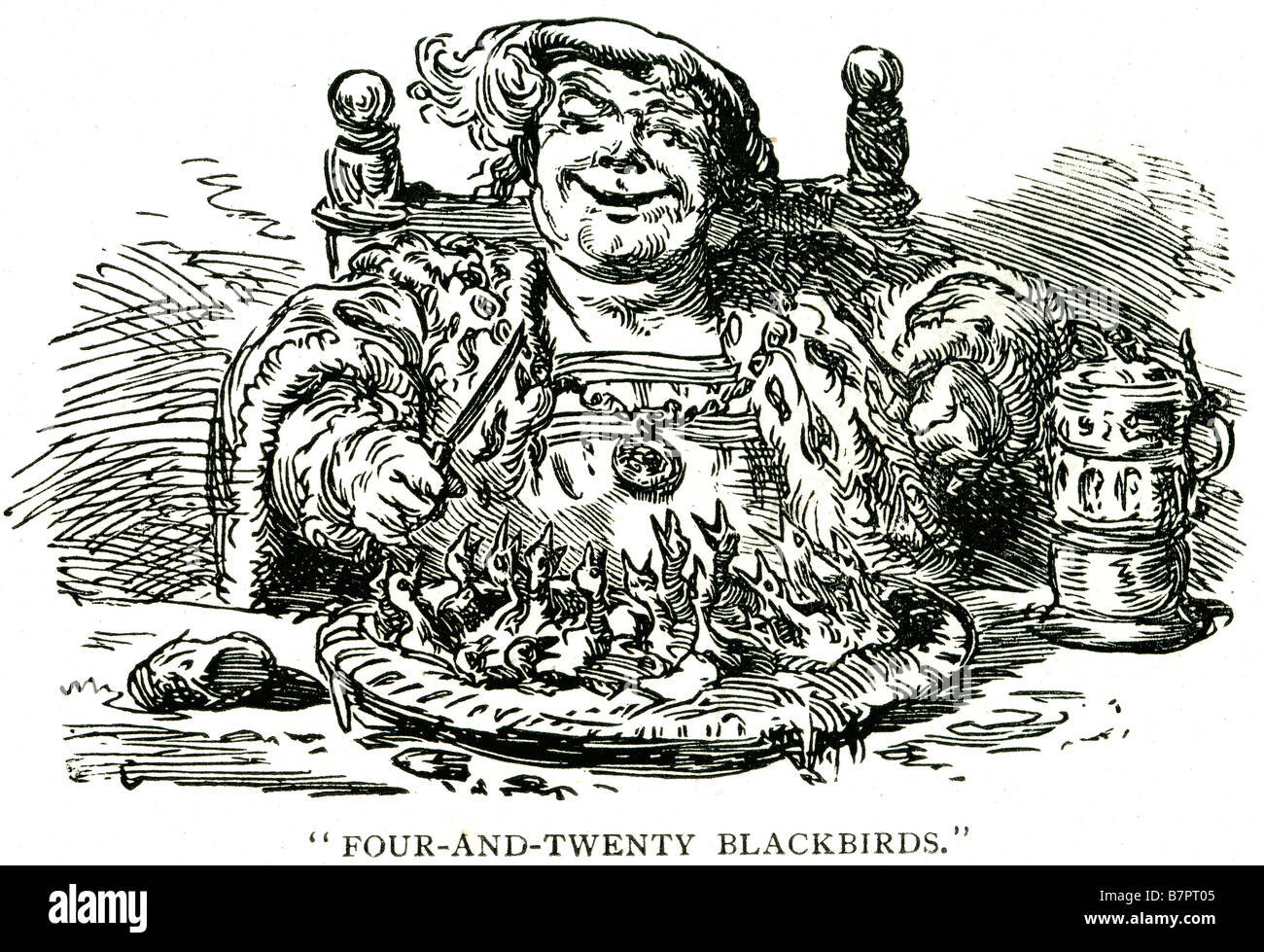| 'Two Little Dickie Birds' | |
|---|---|
| Nursery rhyme | |
| Published | c. 1765 |
This nursery rhyme is very popular today - as it has been for almost 300 years. It originates from England, but it is also used in USA. Do you remember it from your own childhood? Don't you remember the Sing a Song of Sixpence tune? There were two blackbirds Sat upon a hill, The one was named Jack, The other named Gill; Fly away Jack, Fly away Gill, Come again Jack, Come again Gill. Note: This is an infant amusement piece. A piece of paper is stuck to each index finger, one for Jack and one for Gill. The fingers are laid on the edge of the table.
'Two Little Dickie Birds' or 'Two Little Black Birds' is an English languagenursery rhyme and fingerplay. It has a Roud Folk Song Index number of 16401.
Lyrics[edit]
Modern versions of the lyrics include:
- Two little dickie birds sitting on a wall
- One named Peter, one named Paul.
- Fly away Peter! Fly away Paul!
- Come back Peter! Come back Paul![1]
Origins[edit]
The rhyme was first recorded when published in Mother Goose's Melody in London around 1765. In this version the names of the birds were Jack and Gill:
- There were two blackbirds
- Sat upon a hill,
- The one was nam'd Jack,
- The other nam'd Gill;
- Fly away Jack,
- Fly away Gill,
- Come again Jack,
- Come again Gill.[1]
These names seem to have been replaced with the apostlesPeter and Paul in the 19th century.[1]
Variants[edit]
Blackbird Nursery Rhyme Lyrics
In American English, the variant 'Two Little Blackbirds' is more common.[2]

Two little blackbirds sitting on a hill.
One named Jack and one named Jill.
Fly away Jack, fly away Jill.
Come back Jack, come back Jill.
Two little blackbirds flying in the sky.
One named Low and one named High.
Fly away Low, fly away High.
Come back Low, come back High.
Two little blackbirds sitting on a pole.
One named Fast and one named Slow.
Fly away Fast, fly away Slow.
Come back Fast, come back Slow.
Two little blackbirds sitting on a gate.
One named Early and one named Late.
Fly away Early, fly away Late.
Come back Early, come back Late.
Hand actions[edit]
The adult, out of sight of the child, will mark in some conspicuous way the nail of the index finger of one hand and the nail of the second finger of the other hand. Both hands are then shown to the child as fists (folded fingers downwards) with the two fingers with marked nails pointing forward – these represent Peter and Paul. As the rhyme is recited, the hand actions are: Edraw max 9.2 crack mawto.
| Line | Action |
|---|---|
| Two little dickie birds sitting on a wall | Both of the exposed, marked, fingers are wiggled to attract attention |
| One named Peter | Wiggle one marked finger, Peter, to attract attention |
| One named Paul | Wiggle other marked finger, Paul, to attract attention |
| Fly away Peter | The Peter hand is quickly drawn back alongside the adult's head. As part of the movement the adult folds the marked finger and sticks out the second finger of the same hand and drops the hand back down to the original position. The child sees that the marking, Peter, is no longer there – it has flown away |
| Fly away Paul | The action is repeated with the other hand |
| Come Back Peter | The action is reversed to make Peter reappear |
| Come Back Paul | The action is reversed to make Paul reappear |
References[edit]
- ^ abcI. Opie and P. Opie, The Oxford Dictionary of Nursery Rhymes (Oxford University Press, 1951, 2nd edn., 1997), p. 147.
- ^'Two Little Blackbirds'. King County Library System. Retrieved 2018-01-31.

The Butcher, The Baker, The Candlestick Maker
A few weeks ago, while I was going about my business, a thought came into my head. Not as uncommon as it might sound, but it was a fairly momentous thought, nevertheless. The thought concerned the nursery rhyme, “Rub A Dub Dub”, which involves three men: a butcher, a baker, and a candlestick maker. The version of the rhyme which I remember from my childhood went something like this (pulled from a Wikipedia page).
Rub a dub dub,
Three men in a tub,
And who do you think they be?
The butcher, the baker,
The candlestick maker.
They all sailed out to sea.
You are correct in deducing that this is, indeed, quite a random thought. Fortunately, such thoughts come into my head just often enough to keep my life reasonably interesting. The odd thing about this particular random thought is that I hadn’t thought of that particular rhyme for years, and the only portion I remembered was the line, “The butcher, the baker, the candlestick maker.” Even more amazing is the fact that, after the thought entered my head, I automatically attempted to fabricate some underlying and philosophical meaning to account for the seemingly disjointed nature of the rhyme.
This is what I realized:
Throughout history there have been three kinds of people necessary in order to facilitate major change in any given society. The “butcher” is the person willing to take whatever action necessary, despite the implications or nature of the act, in order to cause or further change. The “baker” is the person who takes what he has, despite how little or how much that may be, and uses it to support the others in the cause. And last, but by no means least, the “candlestick maker” is the person who illuminates the darkened path leading to change, and who keeps a beacon of light constantly burning to light the way for others to follow.
Blackbird Nursery Rhyme Lyrics
It’s interesting, isn’t it? All that from a phrase that popped into my mind while standing in my living room one day. Vertu pc suite. Some people might say that I read too much into things.
Seven Blackbirds Nursery Rhyme
I disagree with them.

